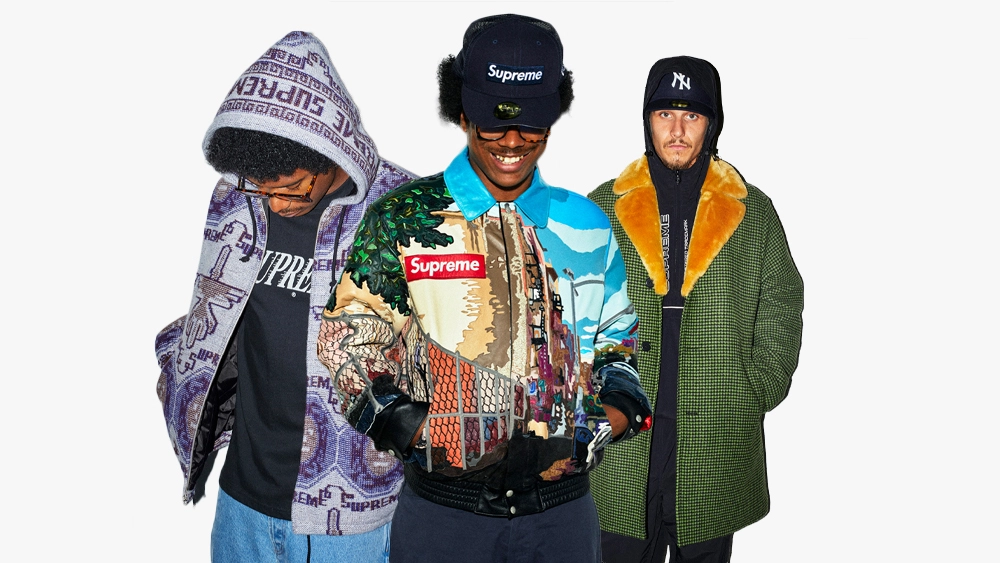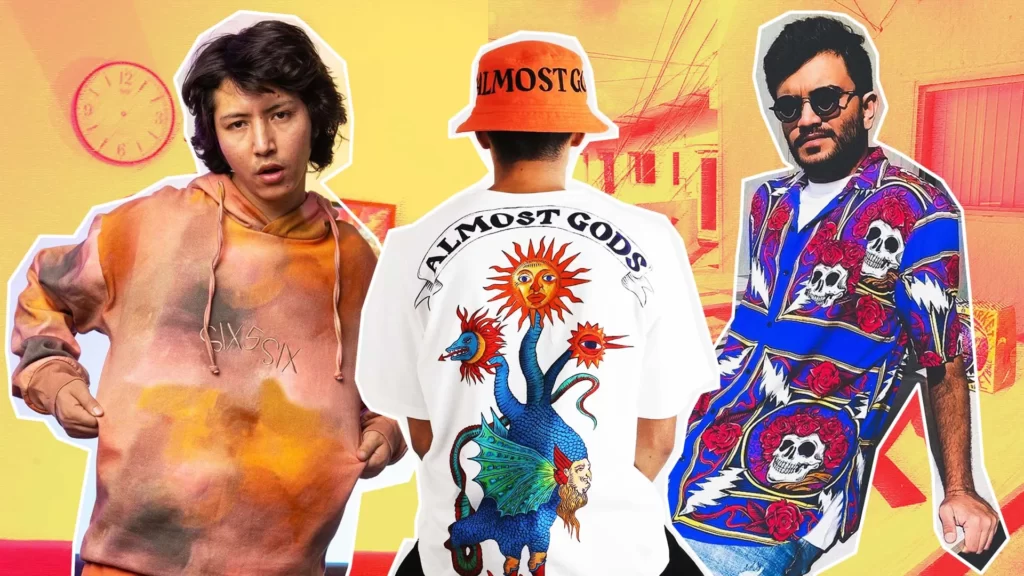
How street wear fashion is transitioning into luxury ?
Following the COVID-19 pandemic, there was an increase in the number of homegrown and street wear brands in India. Even though many brands were operating before COVID, we saw an upsurge in the market following the lock down. Brands had the first-mover advantage in the early stages by launching and showcasing their pieces first, allowing them to capture the market. However, it has now evolved into a business opportunity for young or upcoming designers looking to capitalise as much as possible.
In India, there exists a community with immense potential to grow. Meanwhile, luxury fashion houses are adapting and planning to implement more designs that can cater to the younger, style-hungry demographic to instigate a new type of trend or style.

For the past few years, luxury fashion labels have been on the hunt to hire designers with a much more modern approach to design. The goal is to widen the scope of luxury fashion and attract rich millennials.
The appointment of late designer Virgil Abloh as artistic director of Louis Vuitton’s menswear collection was a clear indication that efforts are being made to adapt to the changing fashion industry. The point is clearly illustrated by their most recent candidate for the position of creative director at Louis Vuitton, Pharrell Williams. As we all know, Virgil had a significant impact on the streetwear community. During his tenure, we saw mergers between streetwear, sneakers, and luxury labels, which were rare before.

Virgil was a mentor to many people, from iconic brand collaborations at Louis Vuitton and Off-White to building a community with strong pillars. Samuel Ross, the 28-year-old London-born founder of the award-winning fashion brand A-COLD-WALL, was the fruit of Virgil’s guidance and wisdom.
Coming back to how things are going in India, the concept of streetwear fashion is still alien to the majority of our population. To many, it has simply been introduced as “loose graphics” t-shirts, which resonate with consumers. Add utility pants with 10 different pockets and a pair of Jordans, and you’re part of the streetwear starter pack of India.

Let’s face it. The newer consumers are obsessed with athleisure and loose clothes
One question that might play subconsciously in any new consumer’s mind is: Is streetwear for the privileged? Simply put, no.
The consumers of streetwear may be a niche group, but it’s a group that carries a lot of influence on social media. Ever since the advent of social media and influencers, consumers’ buying habits have changed based on the creators they see online.
Nowadays, it serves as a status symbol, and businesses are capitalising on this. Luxury these days involves more than just the brand you’re wearing—it also involves how much you know about it. Everyone enjoys being a part of an exclusive group. The merger of a cult-like industry with the touch of luxury labels results in the ultimate sellable good, which is likely to attract lots of attention.

Overall, streetwear is still growing. The skyrocketing popularity of the industry comes from social media and other driving forces such as millennials’ appetite for athleisure and wanting to be part of an exclusive bougie community involving their favourite designer or rapper.
While a part of the global streetwear community is indulged in luxury fashion, there is a long way to us.
That was our take on streetwear and luxury fashion. If you think the combination of high fashion and streetwear is the next big thing, let us know in the comments.
